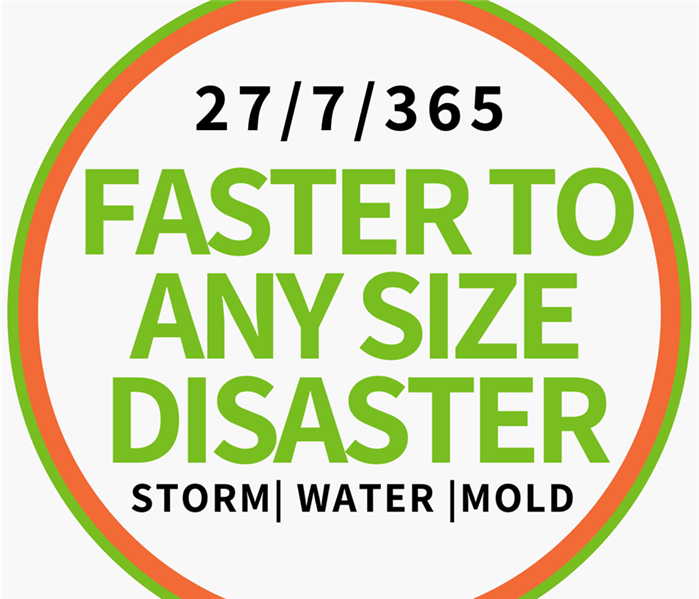Three Things You Should Never Do After a Storm | SERVPRO of Southeast El Paso
10/27/2021 (Permalink)
When dealing with floodwater, many homeowners are tempted to put themselves or their families at risk in an effort to save their home or their possessions. This is usually not a good idea. These are three things you should not do after a flood.
- Don't Stay in Your Home
After a flood, there is not much you can do to prevent damage by staying. If you have time, you can place sandbags, move possessions to higher ground, board up windows and take other precautions, but once flooding is imminent, it is best to evacuate to a shelter. Attempting to remain in your home puts you at risk of drowning, electrocution, and contact with contaminants in the water. It also puts the emergency workers who will have to assist you if you get in trouble at risk.
- Don't Rely on Do-It-Yourself Solutions
You may be able to repair the water damage from a minor flood yourself, but when major flooding occurs, by the time it is safe to re-enter buildings, the damage is usually too severe for most do-it-yourself attempts to be successful. Have a plan in place to deal with the floodwater. Contact your insurance company. Don't count on being able to obtain equipment, such as generators, protective gear, and pumps, that you would need to attempt to dry out your property yourself.
- Don't Walk or Drive Through Standing Water
Downed power lines can electrify standing water, posing an electrocution risk. As little as six inches of water can damage your car and cause traction issues. Flood water poses significant risks to homeowners attempting to salvage their property after a flood. It is best to let your insurance company and restoration professionals take the lead and avoid putting yourself at risk, in most cases.




 24/7 Emergency Service
24/7 Emergency Service
